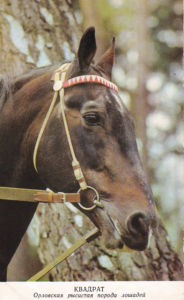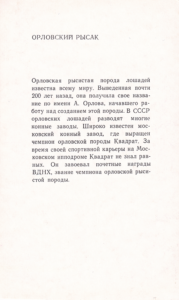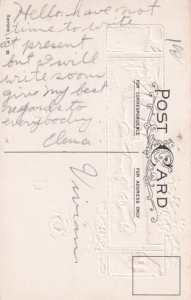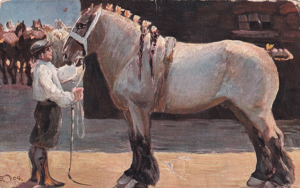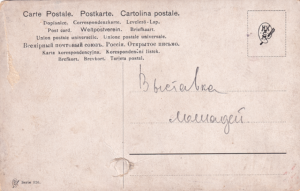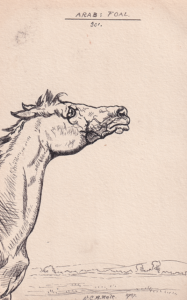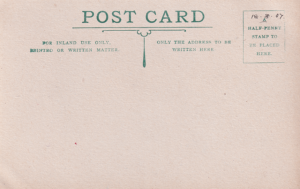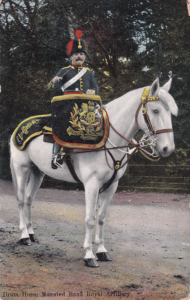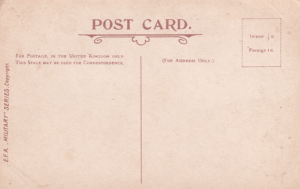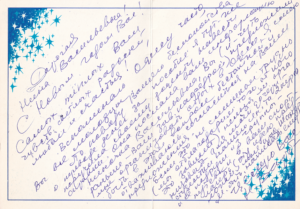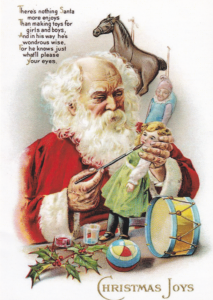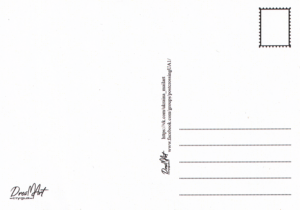Battle of Friedland – Napoleon’s battle for control of central and western Europe.
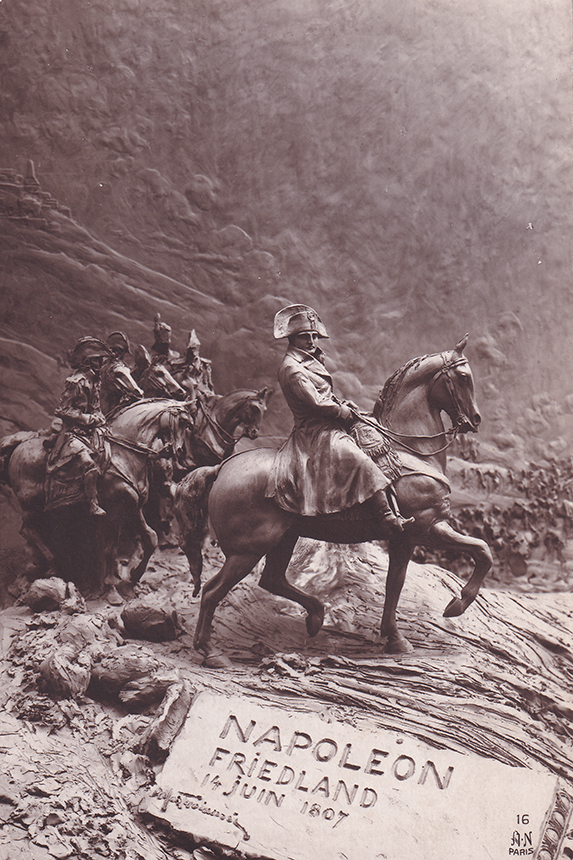
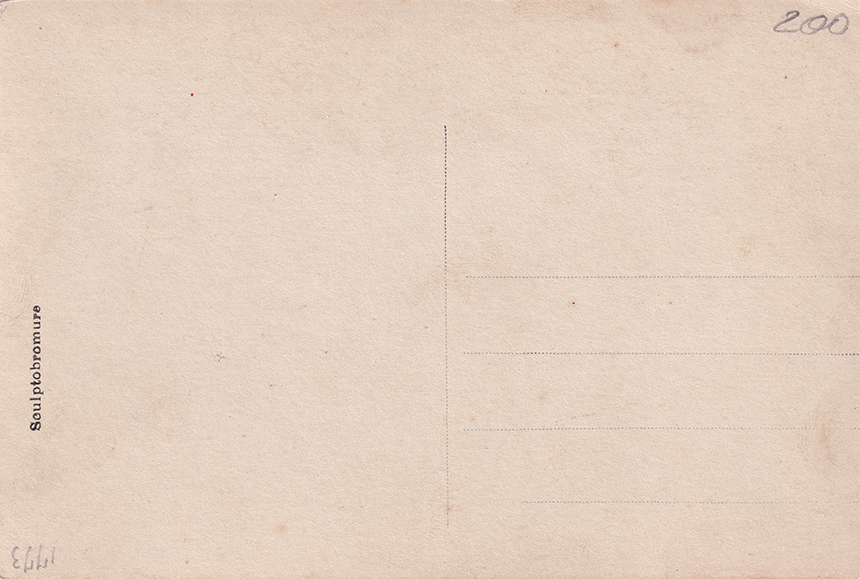
Reverse side of the postcard.
More information
Battle of Friedland – Napoleon’s battle for control of central and western Europe.
Battle of Friedland, was in June 14, 1807, victory for Napoleon that compensated for a setback the preceding February at the Battle of Eylau and that forced Russia’s emperor Alexander I to accept French terms at the Treaty of Tilsit, which left Napoleon the undisputed master of western and central Europe. It was fought at Friedland (modern Pravdinsk, Russia), 27 miles (43 km) southeast of Königsberg (now Kaliningrad, Russia) in East Prussia.
About 80,000 troops of Napoleon’s Grand Army (including Polish, Dutch, Italian, and German units) confronted about 58,000 Russians under the command of General Leonty Leontyevich Bennigsen. Most of the Russian troops crossed to the west bank of the Alle River at Friedland and early on June 14 attacked the seemingly isolated French corps of Marshal Jean Lannes. Outnumbered by more than two to one, Lannes held off the Russian attacks, led by Prince P.I. Bagration, for nine hours while Napoleon concentrated his forces.
At 5 pm Napoleon launched his main attack, employing about 65,000 men, and in two hours pushed the southern half of the Russian army back into the tiny village of Friedland. There, close-packed, they were cut down by volleys of canister and grapeshot fired by the French guns at close range. Thousands of Russians were either killed, captured, or driven into the river, since the bridges had earlier been destroyed by the French.
Founder
A.N., Paris.
Date
1908.
Culture
France.
Classification
Postcard.

